Data is emerging as the most strategic currency in this digital age. It is being generated based on the success of how humans work in collaboration across an enterprise that involves functions, data and analytics teams, and technology. Data is driving a cultural shift.
A well-curated data strategy assists businesses in clearly associating how data is informing, supporting, and driving the realization of the organization’s short-term and long-term strategic plans and goals. It is helping them in reducing the threats identified in their enterprise risk management plan and eventually helping to capitalize on opportunities. Organizations need to empower a dedicated data team with the leadership, resources, and executive support it needs to achieve this strategy.

How to be a data-centric organization?
The biggest challenge of bringing the data-centric organization is the leap upward.
The first stage is the adoption of a visionary data strategy is developing a transformation plan that places a bold vision of the future of the enterprise. It involves the adoption of a growth mindset that identifies data as a critical asset and a differentiator for the enterprise. Once a compelling vision for the data-centric organization is set, the next step involves the use of effective technology to build the right digital foundation.
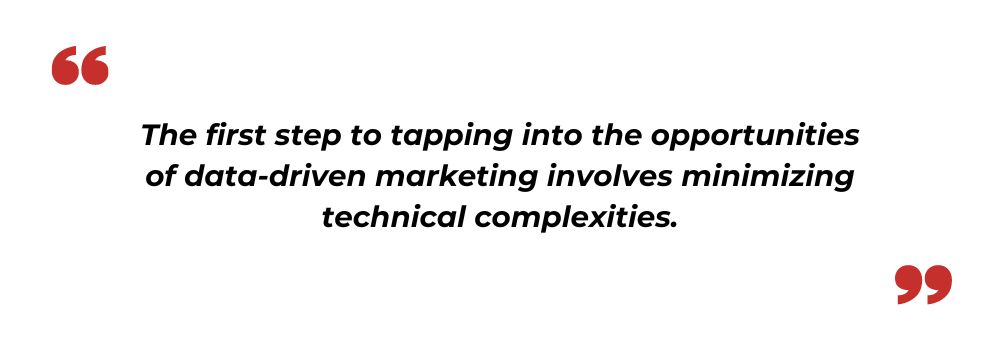
A well-developed data strategy is driven by the following key attributes:
-
High priority use case identification: This helps organizations set the goals for their data strategy and clear expectations on data monetization and transformation of data as an asset. It also involves the development of a data supply for data - internal to the organization from external sources.
-
A data governance plan: This assists in outlining how all the data will be managed, including the policies and operating model required to orchestrate the data management.
-
High-level architecture for use cases and data governance execution: This helps in making informed decisions based on the types of technology required to integrate, transform, enable, and consume data. While the consumption layer is often underestimated, it is important to perceive it as a key focus.
-
A strategy to increase data literacy: This is crucial because democratizing data across the enterprise and preparing the data to hand it over to the decision-makers at strategic and tactical levels is critical in driving value.
Read more: The Science of Music: How Big Data Is Transforming the Music Industry?
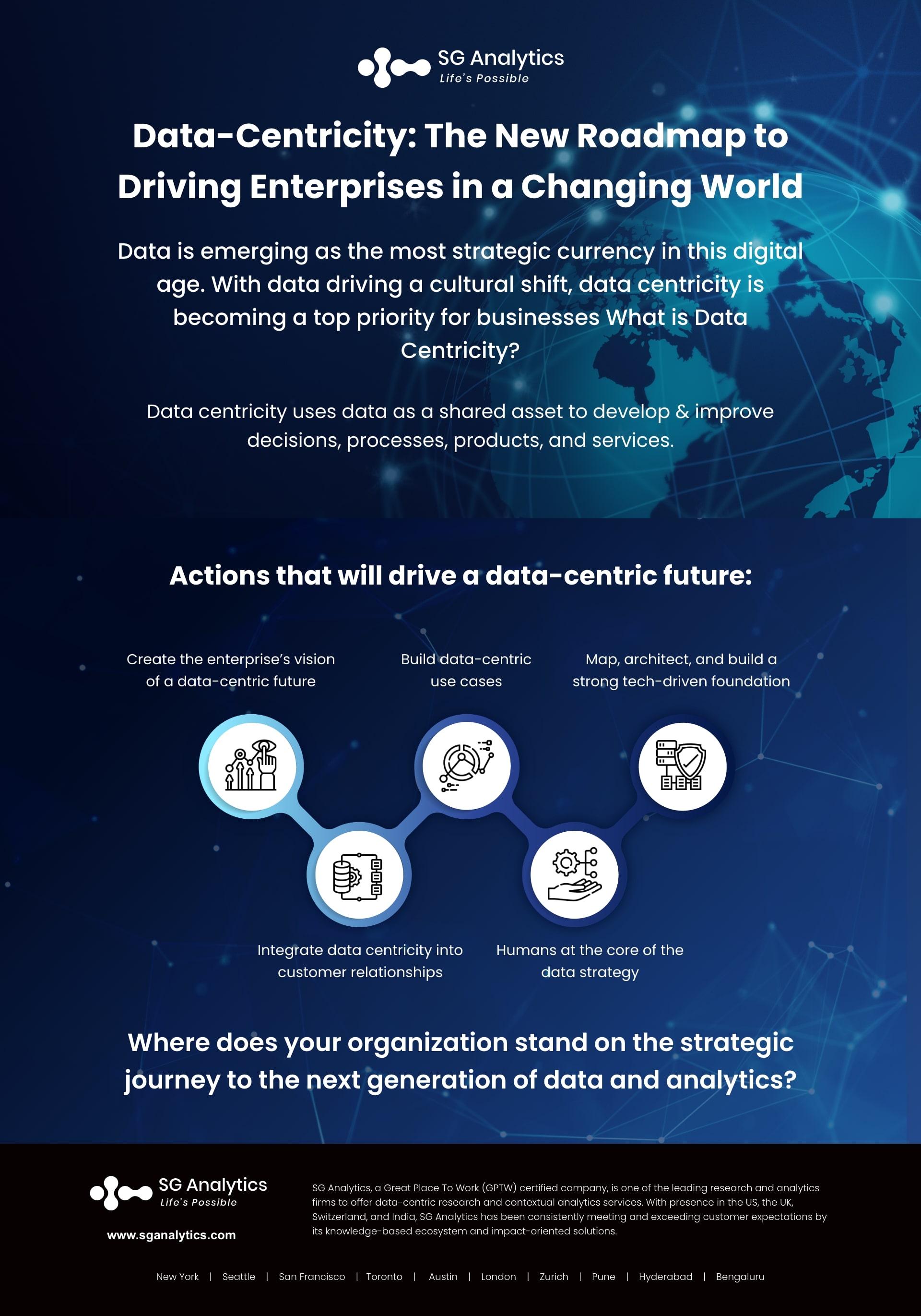
Data centricity – Transforming data
Today, data centricity is a top priority for businesses across the globe. Embracing new technologies that assist in governing data and new tools that support the creation of insights are key to a successful data-centric strategy. Due to the complexity of data and the disparate data sources, organizations should plan and continuously evolve the strategy over a set time period. To identify the potential benefits of establishing a data-centric environment, businesses need to bring in new plans to unlock value.
What is Data Centricity?
Data centricity uses data as a shared asset to develop intelligence and insights for customers and stakeholders and continuously improve decisions, processes, products, and services. While only 16% of organizations state that they are data-centric today, the percentage appears to be increasing.
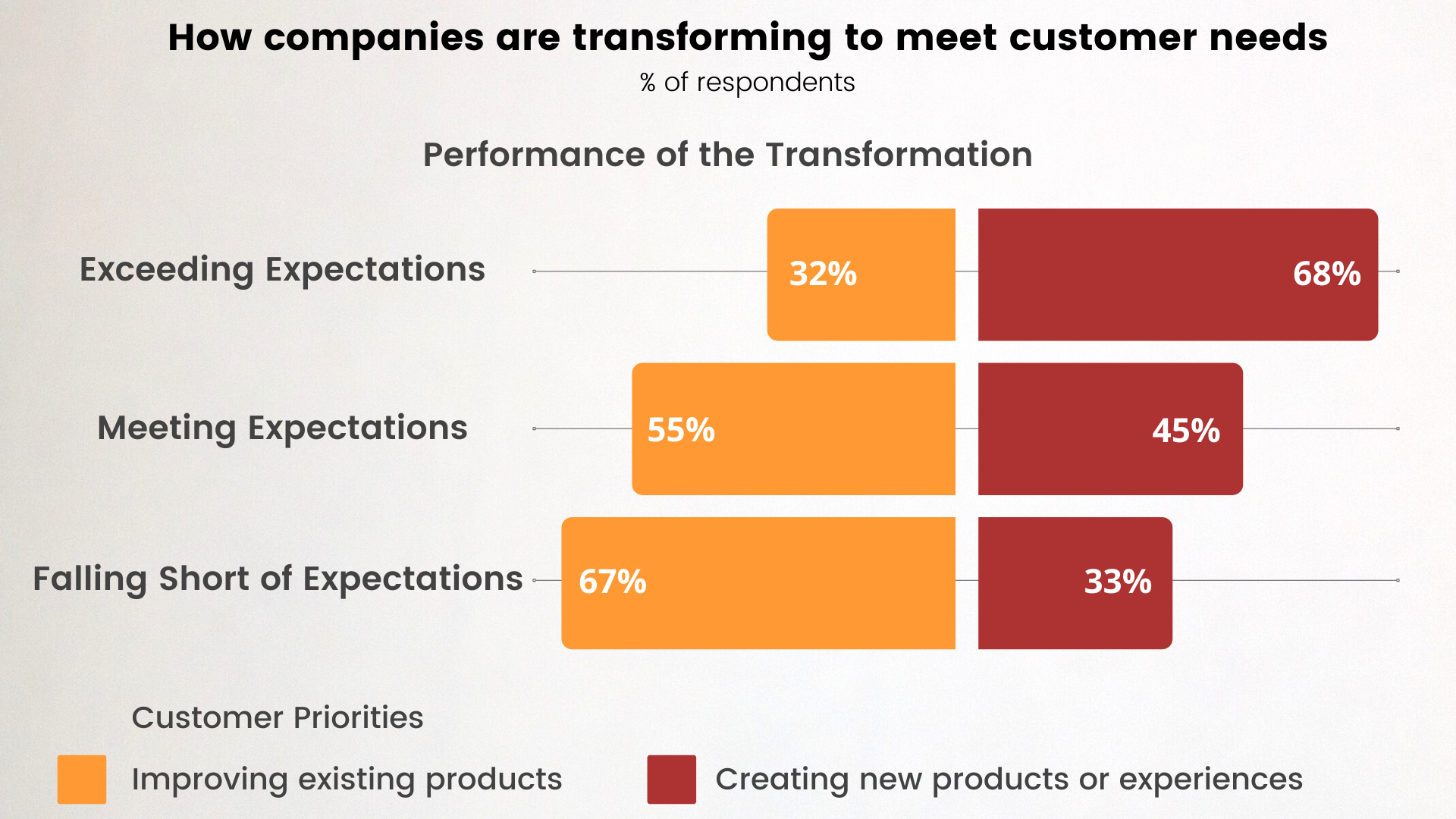
What will data centricity mean to an enterprise?
In years to come, data and analytics will drive and predict an enterprise's most important decisions, processes, and interactions.
Instead of siloed, restricted data sets, a data fabric is integrated across the enterprise. Data expertise expands from the IT department into the business group, internal operations, and customer relationships. Employees across the entire enterprise can manage, routinely access, and employ the data essential to improve their decisions and processes. This is fueling the migration from data management to data centricity.
Mundane tasks can be automated, enabling executives and workers to focus on value. Rather than relying on hunches and spreadsheets, enterprises can query, correlate and analyze their outcomes in real-time. It will also assist in gaining instantaneous and highly accurate customer feedback.
With data-centric tools becoming more sophisticated and brands becoming more appreciative of the value of data, several key transitions are taking place. For years, the initial goal of data-driven marketing was to drive customer engagement and achieve market growth. While those objectives are still an important part of the puzzle, businesses are now exploring new; marketers are looking to take these capabilities to become more data centric.
Read more: Super Bowl Meets Data Analytics: This Is Where the Fireworks Begin

Actions that will Drive a Data-centric Future for Organizations
With a new generation of data and analytics on the horizon, businesses are taking action to prepare for a truly data-centric future.
-
Create the Enterprise’s Vision of a Data-centric Future
Today data is integrated into every major decision and process of an organization. This is not just the CIO’s (Chief Information officer) responsibility but is the job of the entire leadership team. It offers a high-level blueprint of data flows and usages across operations. It is imperative how data and analytics will support the strategic vision to achieve the perceived growth. It also serves as a business case.
-
Build Data-centric Use Cases
With the data-centric vision as a goal, businesses can align to their corporate strategy and explore use cases to create value while moving toward data-centricity. By establishing an embedded and empowered team that integrates business and IT skills, businesses can scale their timelines to achieve their set vision.
-
Map, Architect, and Build a Strong Tech-driven Foundation
With data centricity, businesses can efficiently identify the gaps in their technology, thereby enabling them to incorporate the infrastructure, cloud, AI (Artificial Intelligence), data, and analytics in the brand's framework.
Today's businesses aspire to democratize data value within their ecosystem. Without laying a foundation, businesses will be reactive rather than proactive. It is vital for them to understand the capabilities required to deliver strategic objectives in the long term. By prioritizing and deploying their data-centric strategic vision, businesses can drive the sheer volume of data, integrate the requirements, and make critical investment decisions such as AI or ML.
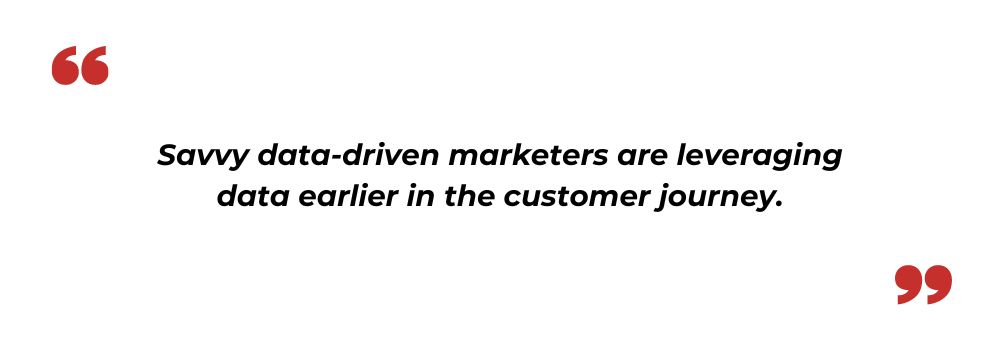
-
Integrate Data centricity into Customer Relationships
When it comes to concentrating resources on one facet of the organization, they should choose customer relationships. By integrating data centricity into customer relationships, businesses can build and provide a solid foundation to start with. Additionally, they should obsess over the outcomes being driven by the data and adjust their strategic actions accordingly.
-
Humans at the Core of the Data Strategy
Research states that organizations that put the human element at the center of this transformation are those that succeed. When building a data centricity, businesses should highlight this need for leadership, which will empower organizations to spread data literacy and mobilize their broader workforce. When combined with the right technology strategy, the right talent strategy will act as a key driver in this new generation of data centricity.
Read more: Business Intelligence vs Data Analytics: Understanding the Critical Differences
Key Takeaways
-
The world is entering a new era of data centricity, where over half of the senior executives are identifying data management and analytics as their top investment priority.
-
This change in thinking is being brought by a sophisticated new tech stack of cloud, AI, and the Internet of Things, the top technology preferences for transformation leaders.
-
This technological transformation puts committed leadership and empowered employees at its center.
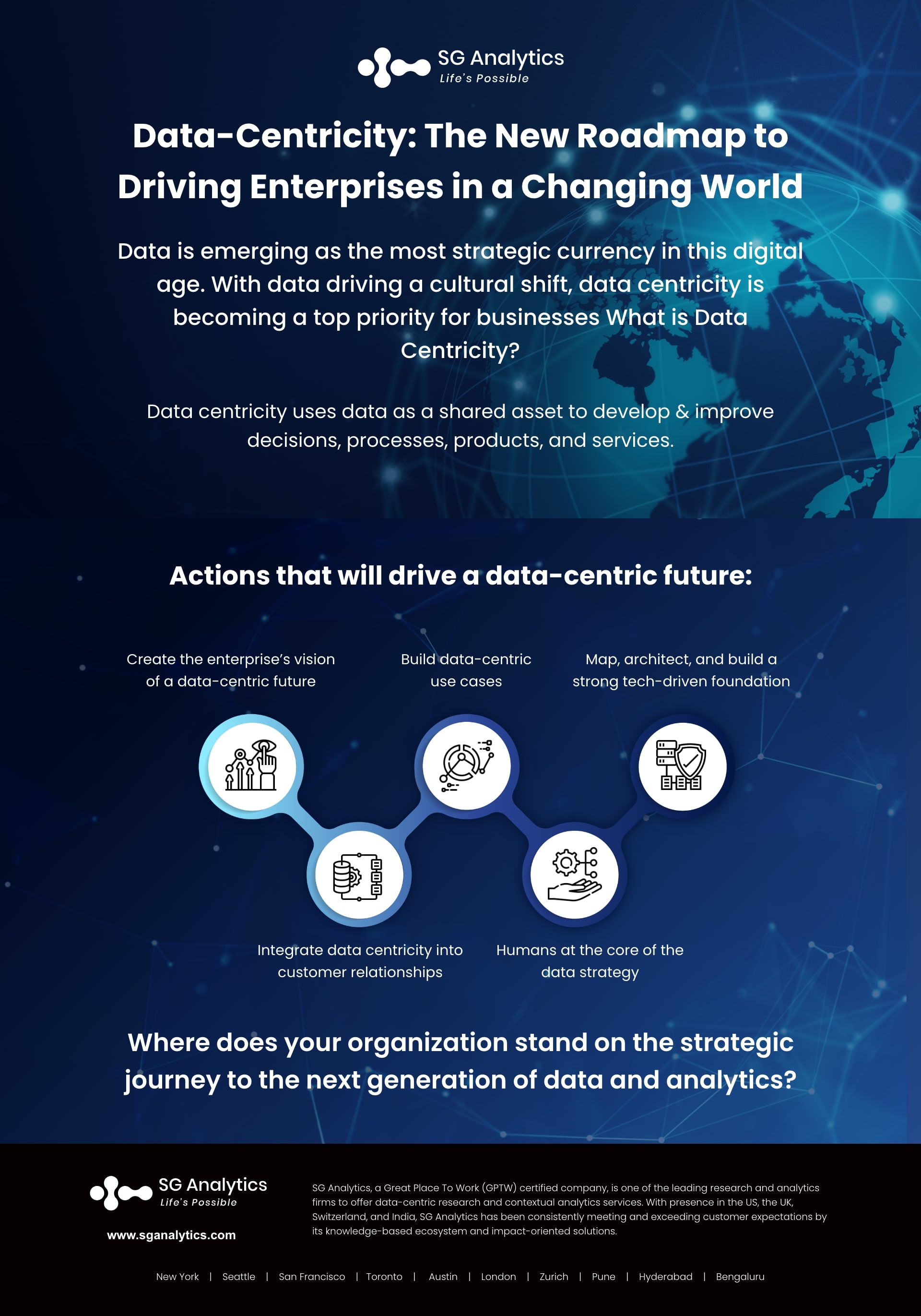
Future: What lies ahead?
Today, the world is entering a new generation of data and analytics. The next-generation data-driven analytical world will be built on a flexible, agile, and fast-evolving combination of technology, ecosystems, and talent.
Successful corporations are leaping upward to create a data-centric organization to improve their decision-making process and interaction. Data centricity is being perceived as an engine that unlocks the value of operational, customer, and market data. This pragmatic approach to deploying the technology foundation is supporting to give birth to a new data world. With tech-enabled transformations exceeding expectations, they are forecasted to generate average annual revenue growth of 5.7%.
Organizations are increasingly recognizing the relevance of data, and they are investing more heavily in the necessary tools, talent, and technologies. Where does your organization stand on the strategic journey to the next generation of data and analytics?
With a presence in New York, San Francisco, Austin, Seattle, Toronto, London, Zurich, Pune, Bengaluru, and Hyderabad, SG Analytics, a pioneer in Research and Analytics, offers tailor-made services to enterprises worldwide.
A leader in Data Management, SG Analytics focuses on leveraging data management & analytics and data science to help businesses discover new insights and build strategies for business growth. Contact us today if you are an enterprise looking to make critical data-driven decisions to prompt accelerated growth and breakthrough performance.









